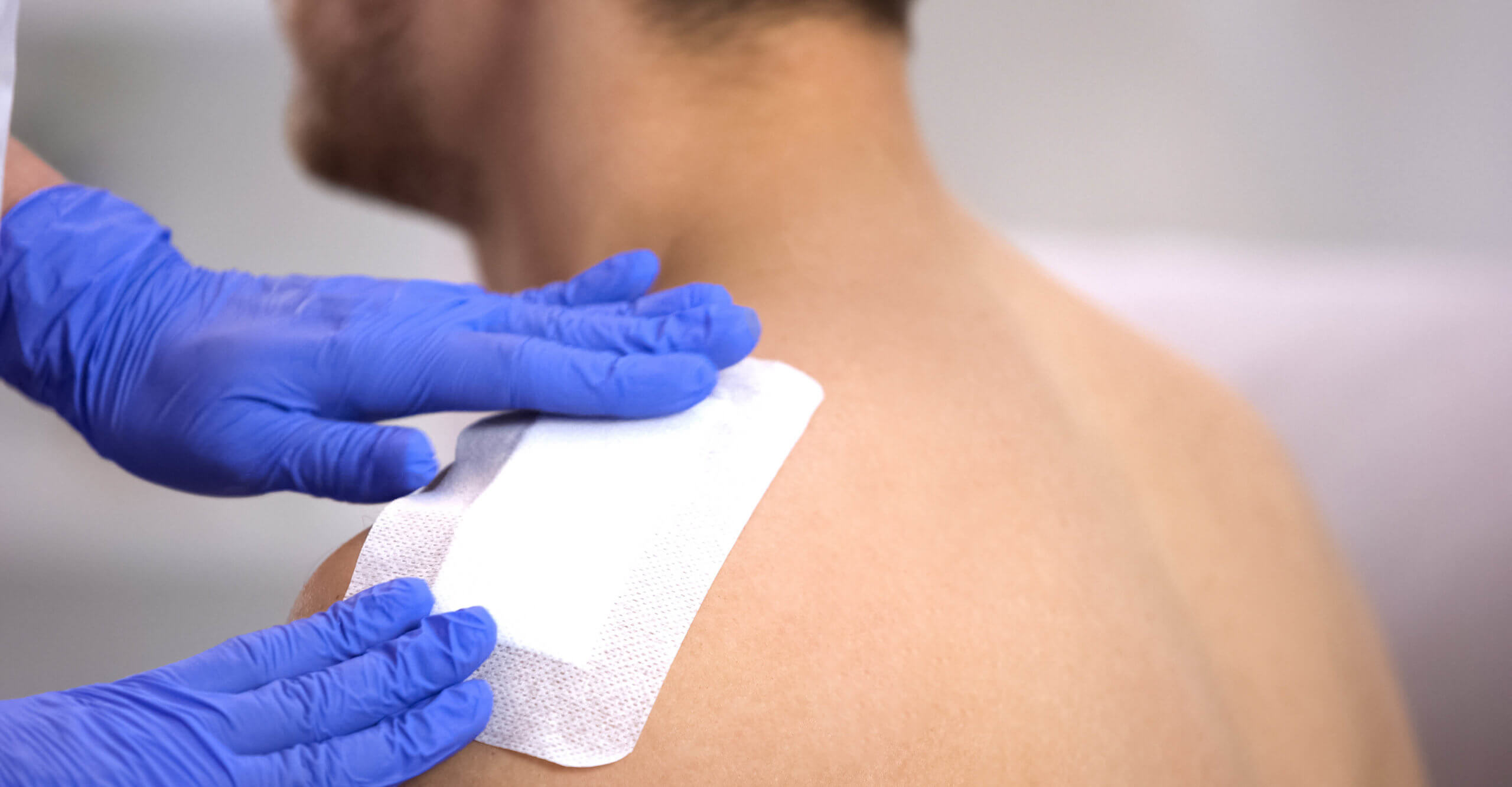Using Collagen for Wound Healing
As wound care certified (WCC) clinicians, you should be aware of the types of dressings available to treat patients in your care.
Wound care dressings come in various shapes, sizes and have indications for their use, including collagen wound dressings.
Let’s explore which types of dressings are focused on collagen.
What is a Collagen Wound Dressing?
Collagen can be found in different types of connective tissues, such as cartilage, bone, ligaments, and skin.
Collagen wound dressings can stimulate the growth of new tissue in the wound bed by promoting deposition and organization of new collagen fibers. It also can provide a natural scaffold for new tissue development.
The dressing also can act as a sacrificial substrate in the case of excessive levels of matrix metalloproteinases (MMPs) to protect the new extracellular matrix.
Types of Collagen Dressings
Collagen wound dressings can be found in many different forms, such as:
- Sheets
- Gels
- Pads
- Particles
- Pastes
- Powders
- Solutions
They are typically manufactured from bovine (cow), porcine (pig), ovine (sheep) or avian (bird) sources and are purified to prevent reaction.
Indications for collagen wound dressings include:
- Wounds that have stalled in the healing phase
- Partial- or full-thickness wounds
- Skin graft and donor sites
- Wounds with minimal to heavy exudate
- Infected wounds, provided the infection is managed locally or systemically
The contraindications are wounds with necrosis, third-degree burns and sensitivity to bovine, porcine, ovine, or avian products.
Pros of Collagen Dressings
Collagen wound dressings can be advantageous because they:
- Absorb fluids (exudate)
- Help maintain a moist wound environment
- Can be used with topical agents
- Accelerate the repair of wounds
- Conform to any shape of wound
- Non-adherent — will not stick to newly granulated tissue
- Easy to apply and remove
- Dressing can be left in place for up to 7 days
Cons of Collagen Dressings
The disadvantages with this type of wound dressing include:
- Requires a secondary dressing
- Can be expensive
- Unusual odor might be unpleasant for patients
- Application might be difficult
Reminders for clinicians
- Collagen wound dressings should be pre-moistened with normal saline if used on dry wounds.
- Always follow manufacturer’s directions for use.
- Monitor the expiration date of collagen dressings.
- Ensure proper storage of collagen products.
Learn more about becoming Wound Care Certified.
Editor’s note: Bill Richlen, PT, WCC, DWC, reviewed and updated this blog for clinical accuracy.
What do you think?

